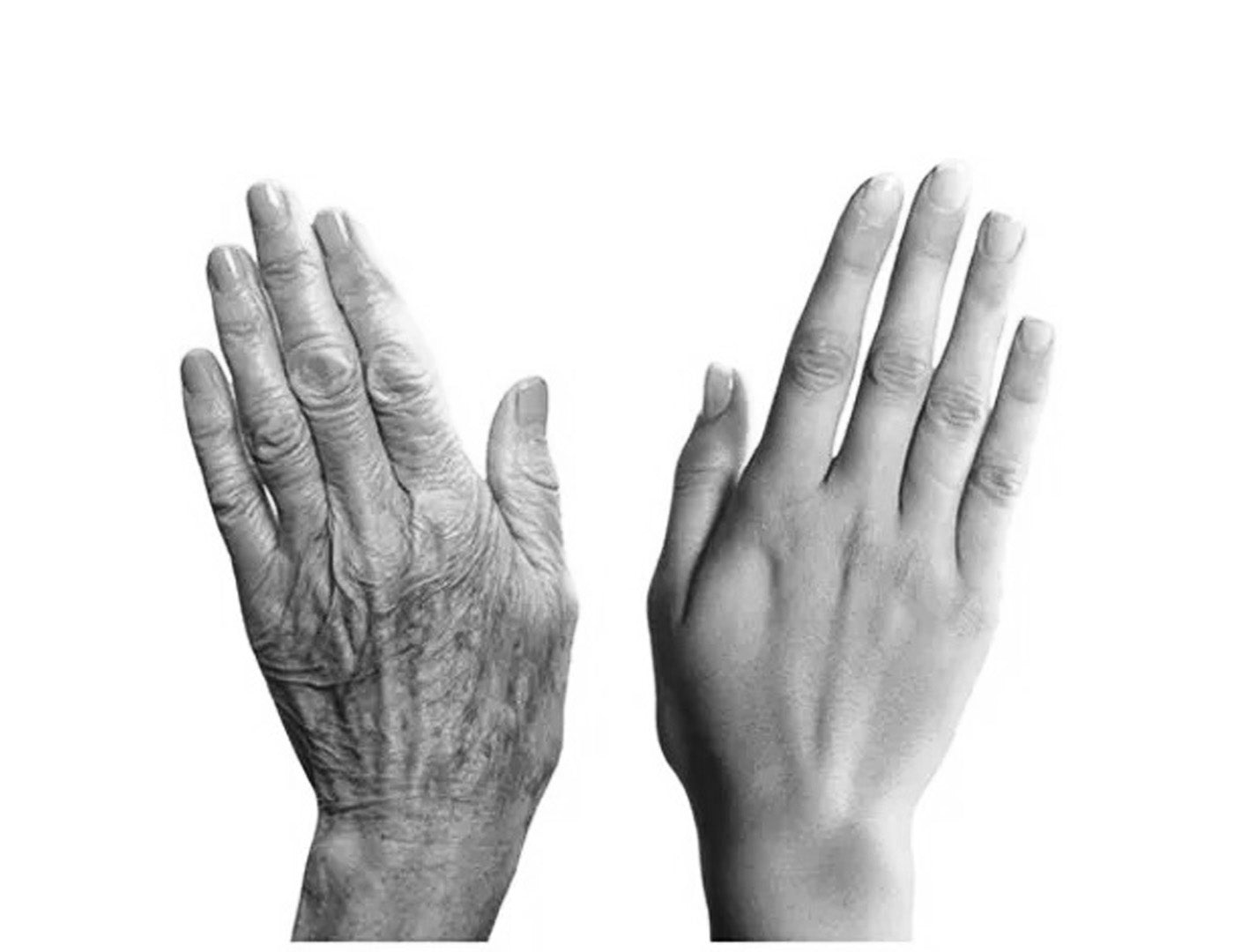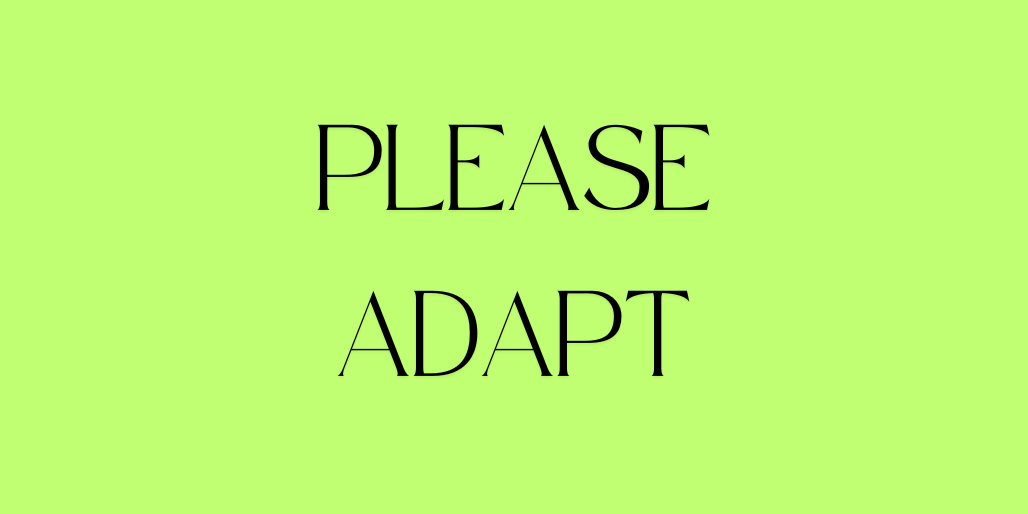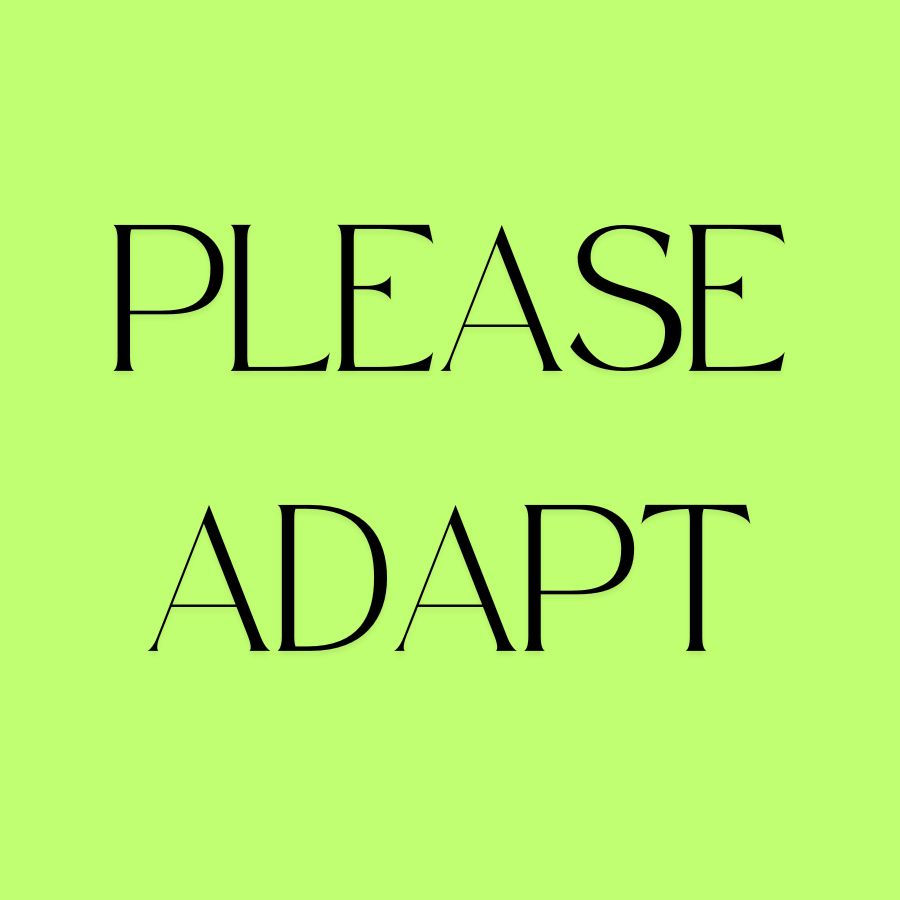Prof. Dr. Robert Hierner at a glance.
FAQs for Peripheral nerves & Brachial Plexus
The human nervous system can be divided into the:
- Centra Nervous system (Brain, spinal cord)
- Peripheral nervous system
Brachial plexus is the network of nerves that sends signals from the spinal cord to the shoulder, arm and hand. It originates from the ventral rami of C5,C6,C7.C8, and T1 spinal nerves (Roots). as they progress they branch into the cords (medial, posterior, lateral) and finally form the terminal branches or peripheral nerves.
Peripheral nerves can be compared to highly sophisticated cables, that relay information between your brain and the rest of your body. The peripheral nervous system is divided into two main parts:
- Autonomic nervous system (ANS): Controlsinvoluntary bodily functions and regulates glands.
- Somatic nervous system (SNS): Controls musclemovement (motor function) and relays information from ears, eyes and skin (sensory function) to the central nervous system.
What are the reasons for peripheral Nerve Injuries?
Peripheral nerves can be damaged in several ways:
- Injury by cut, crush or acute and chronic (Carpal Tunnel syndrome) compression
Infection (leprosity/Hanson`s disease, …) - Metabolic Disorders: Diabetes, mucopolysaccharoid, …)
- Medical conditions: Pregnancy, Renal failure (dialysis patients), …)
- autoimmune Diseases (Guillain-Barre syndrome, Lupus, Rheumatoid arthritis and Sjogren's syndrome, ….)
- Intoxications, ……
Symptomes of peripheral nerve lesions
Peripheral nerves may have motor, sensory and autonimic functions, which may be impaired to different degrees.
Motor function
Damage to these nerves is typically associated with
- muscle weaknes (palsy)
- muscle cramps
- uncontrollable muscle twitching
Sensory function
Damage to sensory nerves is typically associated with:
- altered touch
- alterted temperature
- pain
Autonomous function
Damage to autonomic nerves can be associated with activities that are not controlled consciously, such as
breathing, the heart, thyroid function, and digestion, which can result in secondary complications secondary to:
- excessive sweating
- changes in blood pressure
- inability to tolerate heat
- gastrointestinal symptoms

Ask the German Board Certified Hand Surgeon.
Prof. Dr. Robert Hierner offers advanced treatment for Peripheral Nerve and Brachial Plexus injuries in Dubai, using microsurgical techniques to restore sensation, movement, and functional recovery.


Integrated Treatment Concept according to BERGER
Prof. Dr. Robert Hierner is a reference in the field of interdisciplinary and multi-professional treatment of peripheral nerve lesions.
For the treatment of lesions of peripheral nerves, the so-called “integrative therapy concept according to BERGER” is used. It comprises:
- Primary nerve reconstruction (primary nerve suture/coaptation, nerve transplantation, ….)
- Secondary muscle replacement surgeries (Tendon transfer, free functional muscle transplantation, …)
- (tertiary) adjuvant interventions
The duration of therapy depends on the type of lesion from 2 – 6 weeks up to 3 – 5 years. During this period is a physiotherapeutic Basic therapy – in different form and
intensity – is Indispensable requirement
Acute Nerve Injury
Acute nerve injuries can leed to 2 situations:
- Lesion with continuity loss
- Lesion-in-continuity
Peripheral nerve reconstruction with the aim of improving motor skills should be carried out no later than 12
(large distance, i.e. proximal lesion) or a maximum of 18 months (small distance, distal lesion), as the endorgan muscle will undergo irreversible degenerative changes with muscle denervation. If improvement in (protective) sensitivity is to be achieved, an nerval reconstruction can still be carried out after
24 – 36 months.- Lesion with continuity loss
– In cases with clear cut and no nerve tissue loss, microsurgical tension-free nerve suture (nerve
coaptation) is performed.
– In cases with loss of nerve tissue, reconstruction of the nerve gap can be performed using
several techniques, such as nerve tubes or nerve grafts taken from the patient (autologous) - Lesion-in-continuity. In cases of preserves continuity, standardized clinical and neurophysiological examinations are
mandatory, for at least 3 – 6 months. Depending on the quality of nerve regeneration, different forms of nerve reconstruction as necessary
Postoperatively the coaptation must be protected for 10- 14 days by immobilization. Heavy work and impact action can be resumed after 6 weeks. The higher the nerve lesion, the longer regeneration time (1mm a day). At the hand level, nerve regeneration needs 6 – 12 months
Image heading
Pair text with an image to focus on your chosen product, collection, or blog post. Add details on availability, style, or even provide a review.
Button labelImage heading
Pair text with an image to focus on your chosen product, collection, or blog post. Add details on availability, style, or even provide a review.
Button labelImage heading
Pair text with an image to focus on your chosen product, collection, or blog post. Add details on availability, style, or even provide a review.
Button label



